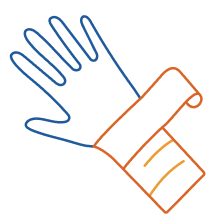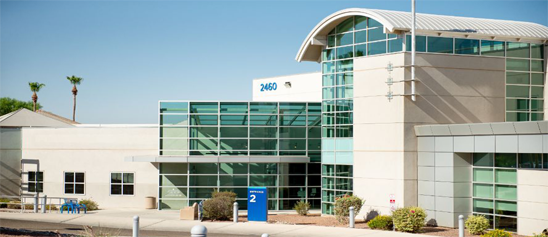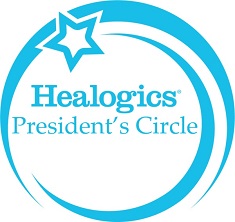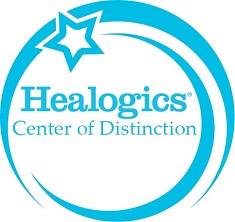Find help from our specialists for hard-to-heal wounds.
Your body has a remarkable, innate ability to heal.
But some wounds resist traditional treatments and require specialized care. Whether your care begins as an inpatient for emergent care or as an outpatient, Yuma Regional Medical Center’s Wound Care Center is here to facilitate relief and help heal hard-to-heal wounds – including chronic wounds caused by diabetes, poor circulation, infection, injury or burns.
Our partnership with Healogics, the nation’s leading provider of advanced wound care, means we can offer the best treatment and quality of care to our patients. Your care team of specialized providers, nurses, certified wound specialists and others will evaluate your wound and healing challenges, review your health history and work with you to create a personalized treatment plan.

Providers
Yuma Regional Medical Center’s award-winning Wound Care Center is staffed by doctors who are specialists in treating hard-to-heal wounds.
Location
Conditions and Services
Our wound care services provide solutions for people who have complex or chronic hard-to-heal wounds.
- Arterial Ulcers
- Burns
- Complex Soft Tissue Wounds
- Diabetic Wounds
- Infected Wounds
- Non-Healing Surgical Wounds
- Pressure Ulcers
- Traumatic Wounds
- Vasculitic Ulcers
- Venous Stasis Ulcers
At the Wound Care Center, you’ll find the latest care techniques and solutions across our seven treatment rooms and four hyperbaric oxygen chambers. We provide different treatments and services including, but not limited to:
Patients with diabetes are at risk of complications, including slow wound healing. Diabetic wounds can be caused by nerve damage (neuropathy), a weakened immune system or narrowed arteries. We work with patients to make sure they know how to properly manage their diabetes and avoid further complications.
Our staff evaluates a patient’s vascular system to assess blood flow, as the oxygen and nutrients of blood supply to the wound are critical to successful healing. If a wound is not getting enough blood, it could take at least twice as long to heal, if it heals at all.
This highly effective, non-invasive treatment uses pressurized oxygen that increases your blood oxygen levels to promote healing and healthy tissue growth. It is often used for lower-extremity diabetic wounds (such as foot ulcers), compromised skin grafts, delayed radiation injuries, bone or soft tissue infections, crush injuries and other select wound conditions.
In a clear acrylic chamber, each treatment typically lasts for two hours. You can sleep, watch television or DVDs and communicate with the staff at any time through a built-in device. Treatment normally takes place five days a week for 20 to 60 days.
To promote healing, a special dressing (bandage) with a gentle vacuum pump is sealed over your wound to draw out fluid and infection.
If you have a significant wound that leads to tissue death, your doctor may need to remove the damaged tissue because it can harbor bacteria that may cause more extensive infections. Removing the nonviable tissue promotes healing and reduces the risk of further complications. The process of removing nonviable tissue is called debridement.
Topical wound care with special products, wraps and dressings aim to facilitate healing, prevent infection and reduce pain and edema (swelling from excessive fluid in tissue).
During a tissue graft, a living piece of tissue and the blood vessels that keep it alive are taken from one part of the body and moved to the wounded part of the body where it can grow.
Partnerships and Recognition
Yuma Regional’s Wound Care Center has been recognized by Healogics, the nation’s leader in wound care management, with its President’s Circle award and the Center of Distinction award, reflecting outstanding patient outcomes, healing and patient satisfaction.
The Southwest Alliance for Excellence has also recognized our program for the prevention of hospital-acquired pressure ulcers.


